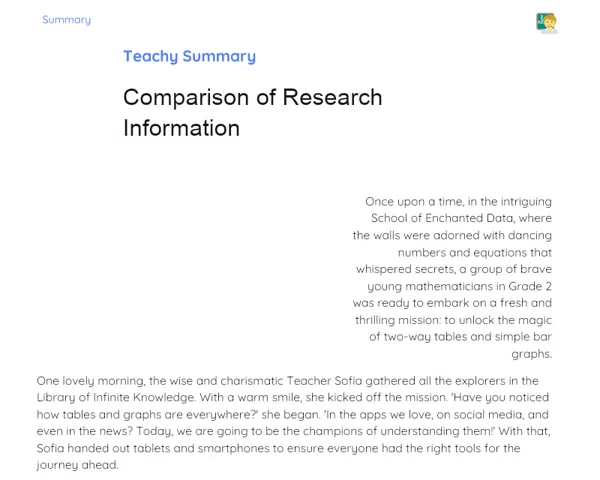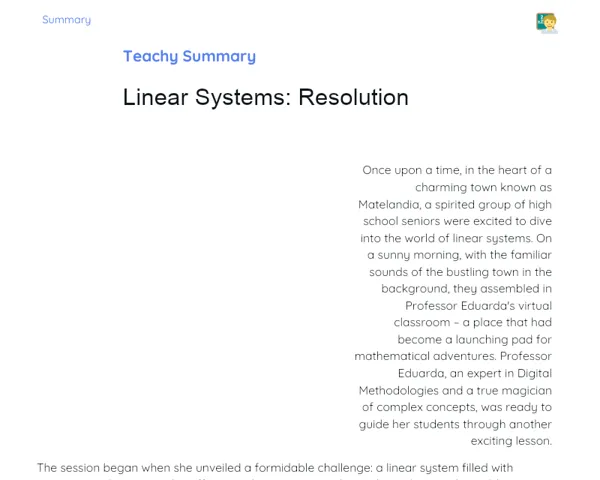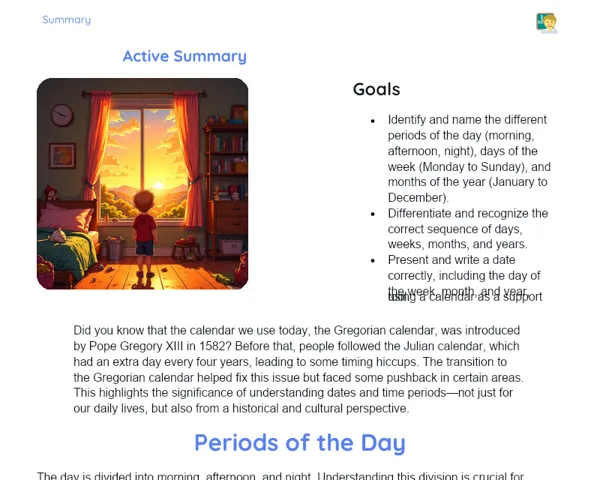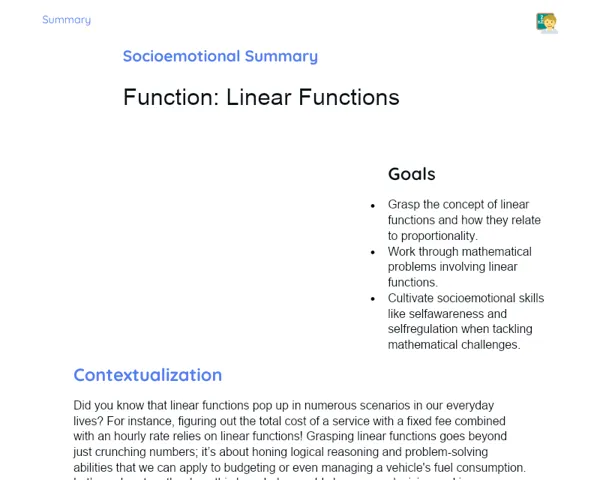Summary Tradisional | Lines, Line Segments, and Rays
Contextualization
To grasp the concepts of lines, rays, and line segments, it's useful to picture a big open field. Imagine you're holding a piece of rope that stretches infinitely in both directions. This imagery helps us visualise a line, which has no beginning or end. Now, if we cut this rope in half, we get two pieces - each with a starting point but continuing infinitely in one direction, thus forming a ray. And if we take just a segment of the rope with two endpoints, we have a line segment. These are the basic concepts we’ll delve into today.
Lines and line segments are crucial in numerous fields like architecture and engineering. For instance, when engineers build a bridge, they rely on line segments to calculate distances and positions of beams. Similarly, in navigation, the routes of planes and boats are often mapped out using straight lines to ensure they travel the shortest distance between points. Grasping these ideas is not only important for geometry but also has real-world applications.
To Remember!
Concept of Line
A line is a straight path that extends infinitely in both directions, without a beginning or end. To visualise this, think of a rope stretching infinitely both ways. In mathematical terms, we use uppercase letters to denote specific points on the line and lowercase letters for the line itself.
In geometry, lines are foundational as they form the basis for creating various figures and shapes. Lines are also used to define other critical concepts, like angles and intersections. Furthermore, lines are vital in practical areas such as engineering and architecture, providing essential information for determining distances and locations.
When two lines exist on the same plane, they may be parallel, intersecting (concurrent), or the same line (coincident). Parallel lines never meet and always stay the same distance apart. Concurrent lines meet at a specific point, forming angles, while coincident lines are essentially one and the same.
-
A line extends infinitely in both directions.
-
Uppercase letters represent points and lowercase letters represent the line.
-
Lines are foundational for constructing geometric figures and defining other concepts.
Concept of Ray
A ray is a portion of a line that begins at a specific point and extends infinitely in one direction. Picture a rope that’s been cut at a certain point; from that point, the rope continues in only one direction. The start of a ray is referred to as the origin.
Rays are important for defining a variety of geometric concepts like angles and bisectors. In mathematical notation, a ray is represented by two letters, with the first letter indicating the origin and the second pointing to a point on the ray. For example, a ray beginning at point A and passing through point B is denoted as AB→.
Rays find application in various practical scenarios. For example, in navigation, the paths taken by planes and vessels are often represented as rays for direction from a given starting point.
-
A ray starts at a specific point and extends infinitely in one direction.
-
The starting point of the ray is known as the origin.
-
In notation, a ray uses two letters, with the first indicating the origin.
Concept of Line Segment
A line segment is a portion of a line, bounded by two endpoints. These endpoints mark the limits of the segment. Unlike lines and rays, line segments have a fixed length because they have both a starting point and an endpoint.
Line segments are crucial for measuring distances between two points. In notation, a line segment is represented by two letters denoting its endpoints, like AB, where A and B are the ends. In diagrams, line segments represent the edges of polygons and other geometric shapes.
In everyday life, we encounter line segments in various contexts, such as on the edges of a ruler, the beams of a bridge, or the sidelines of a sports field. They are essential in engineering and architecture for calculating exact distances and building structures.
-
A line segment is defined by two endpoints.
-
Line segments have a specific length.
-
They are used to measure distances between two points.
Positions between Lines
Lines can be positioned differently in a plane: they can be parallel, concurrent, or coincident. Parallel lines never intersect, regardless of how far they’re extended, and they maintain a constant distance apart. This property is widely leveraged in construction and design to ensure alignment and symmetry.
Concurrent lines are those that cross each other at a specific point, known as the point of intersection. These lines form angles at the intersection, which is critical for constructing triangles, quadrilaterals, and other geometric shapes.
Coincident lines are essentially the same line, occupying the same space. Understanding these positions is key to solving geometric problems and grasping spatial relationships between lines.
-
Parallel lines never meet and stay equidistant.
-
Concurrent lines intersect at a point and form angles.
-
Coincident lines occupy the same position in space.
Key Terms
-
Line: A line that extends infinitely in both directions, having no beginning or end.
-
Ray: A part of a line starting at a specific point and extending infinitely in one direction.
-
Line segment: A portion of a line bounded by two endpoints.
-
Parallel lines: Lines that never meet and maintain a constant distance apart.
-
Concurrent lines: Lines that intersect at a specific point.
-
Coincident lines: Lines that occupy the same position in space.
Important Conclusions
Today, we unpacked the essential concepts of lines, rays, and line segments. We discovered that a line stretches infinitely both ways, while a ray begins at a particular point and extends infinitely in one direction. In contrast, a line segment is limited by two endpoints, giving it a defined length.
We also explored the different positions that two lines can adopt in a plane: parallel, concurrent, and coincident. Parallel lines never meet and maintain equidistance, concurrent lines intersect and create angles, and coincident lines occupy the same space.
Grasping these concepts is crucial not just for studying geometry but also for real-world applications in areas such as architecture, engineering, and navigation. This understanding enhances logical and spatial reasoning, critical skills for solving every day problems.
Study Tips
-
Review these concepts by sketching examples of lines, rays, and line segments in your notebook.
-
Use visual tools like diagrams and graphs to understand line positions (parallel, concurrent, and coincident).
-
Practice solving geometry problems that involve these concepts, applying them to real-world situations.



